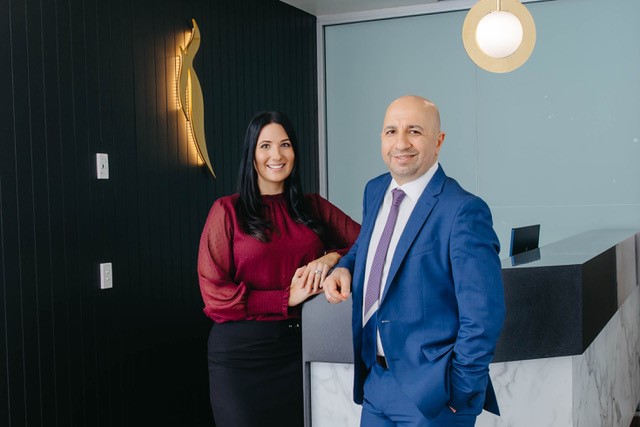Breast Cancer – An Individual Journey On A Well-Worn Path
Blog by Gold Coast Private Breast Surgeon Dr Rafid Alzubaidy
Finding out you have a breast cancer can set-off an emotional rollercoaster on a path with different directions and difficult decisions.
What you need is a steady hand to guide you – someone with the expertise to explain your options, and the experience to do so with empathy.
Everybody’s journey is different, but the path is relatively the same. And sadly, it’s a well-worn path, with one in seven women experiencing breast cancer during their life.

Individualised Treatment
Treatment for breast cancer is multifaceted and is tailored to the individual. It depends on several factors, including the type and stage of cancer, risk factors, personal preferences, and available treatments.
What and Who Is Involved
Care should involve a multidisciplinary team, working towards the best possible outcome for the patient.
A breast cancer treatment plan may include surgery, chemotherapy, radiation and anti-hormone medication, or a mix of these therapies in varying orders, depending on the individual.
Management should involve holistic care that includes allied health professionals to improve a patient’s outcome and quality of life.
Layers Of Protection
Some patients believe once they’ve had surgery to remove the lump they shouldn’t need other treatments, but there are layers of protection we can offer, and we often recommend other therapies for better long-term outcomes.
It is important to remember that treatment for breast cancer, including surgery, chemotherapy, radiation or antihormone therapy, are not always used for curative purposes - sometimes treatment is used for disease control to give patients a better quality of life and longer disease-free periods.
The Breast Cancer Journey
1. Finding the Lump
- Self-detected - finding a lump (in the breast or armpit) through self or GP examination;
- Screen-detected - mammogram invitation from Government;
- Incidentally detected - finding a lump after an accident or scan for other reasons.
2. Triple Assessment
- Medical history and clinical breast examination;
- Imaging - mammography and/or ultrasound (+/-MRI);
- Tissue diagnosis - (fine needle aspiration) and/or core biopsy (vacuum assisted biopsy).
3. Potential Treatments
- Surgery, which could include lumpectomy or mastectomy with or without reconstruction;
- Neoadjuvant (pre-surgery) or adjuvant (post-surgery) treatment such as chemotherapy, radiation and anti-hormone medication.
4. Follow-Up and Survivorship
- Close follow-up by surgeons and chemotherapy doctors for up to five years;
- Referral back for routine yearly breast screening with mammogram and ultrasound (sometimes other scans).
With one in seven Australian women experiencing a breast cancer diagnosis in their lives, streamlining the process from detection to treatment is very important.
If you have concerns about your breasts, or are over 40 and haven’t had a mammogram in two years, consult your GP and organise a free screening immediately.

